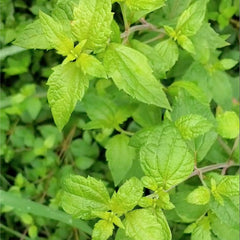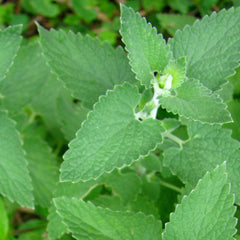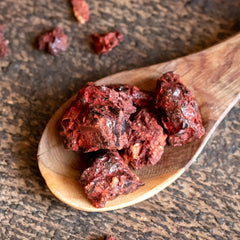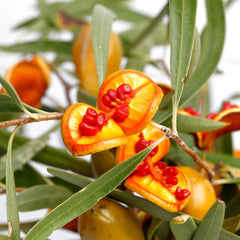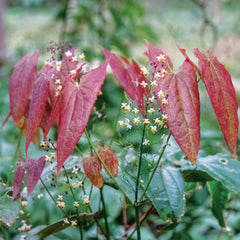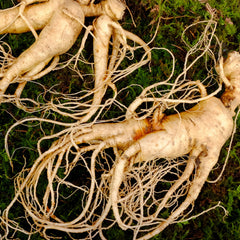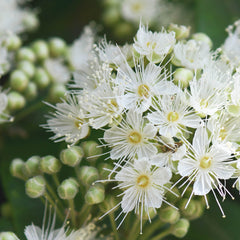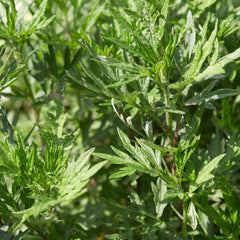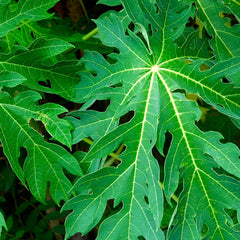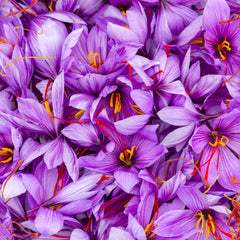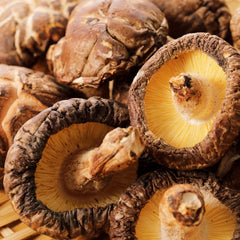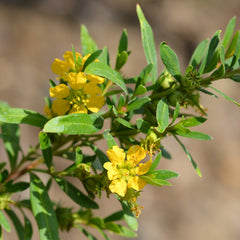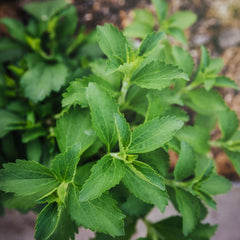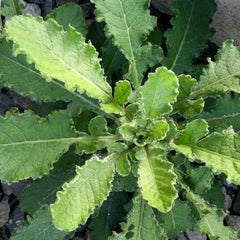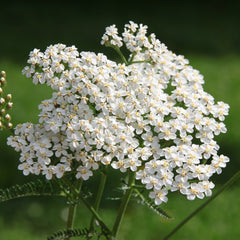Access Denied
IMPORTANT! If you’re a store owner, please make sure you have Customer accounts enabled in your Store Admin, as you have customer based locks set up with EasyLockdown app. Enable Customer Accounts
Herb Profiles
Optimise your physical, mental and emotional wellbeing with herbs.
Learn more about herbs at your own pace through our extensive Herb Profiles; featuring history, common uses, recipes and herbal products available to shop online and in-store.
Invalid password
Enter










